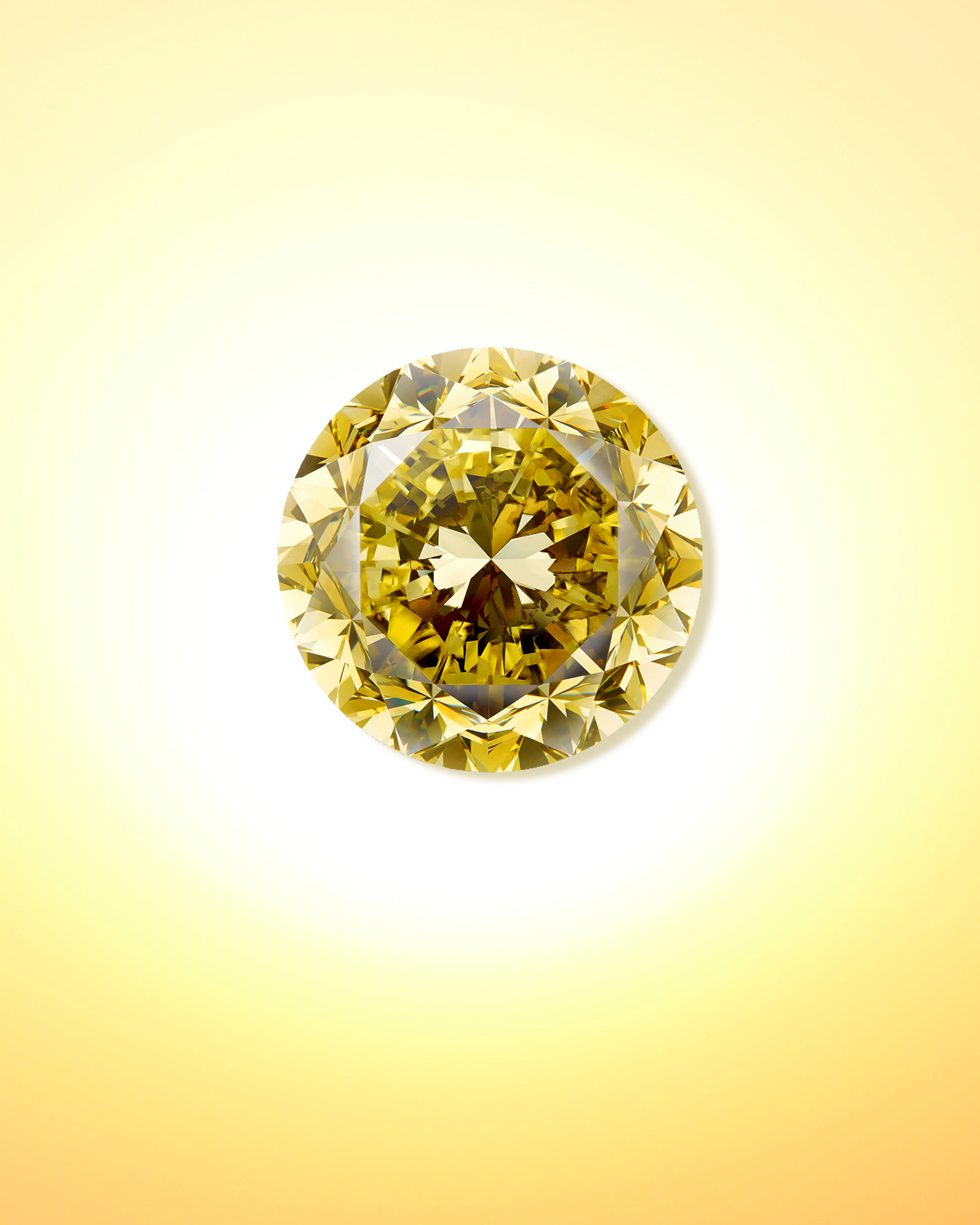“Shine Bright Like A Yellow Diamond”
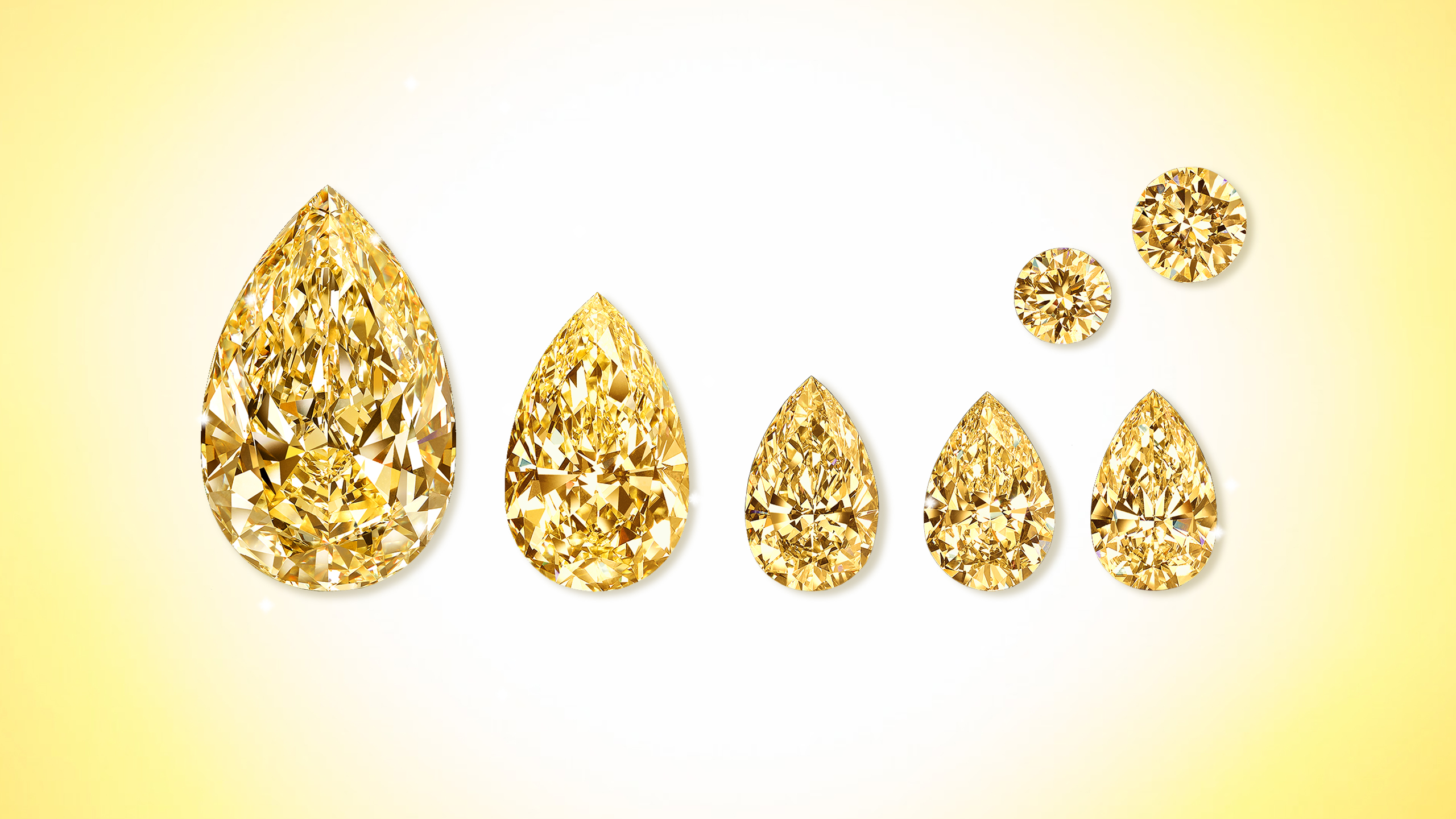
Ever notice that most seats and surroundings inside of planes are blue? That’s because the color often projects a sense of calm, stability and reliability. But head to a casual restaurant, and you’ll likely observe otherwise. In these establishments, you’ll often come across shades of red, a color so easily processed by the human eye that it can raise blood pressure, causing you to eat more quickly, therefore turning over your table faster for the next guests to dine. Artists, psychologists, and interior designers have long studied how color can dramatically affect mood, behavior, emotions and feelings. So what happens when we are exposed to one of the colors that our eyes are most sensitive to: yellow?
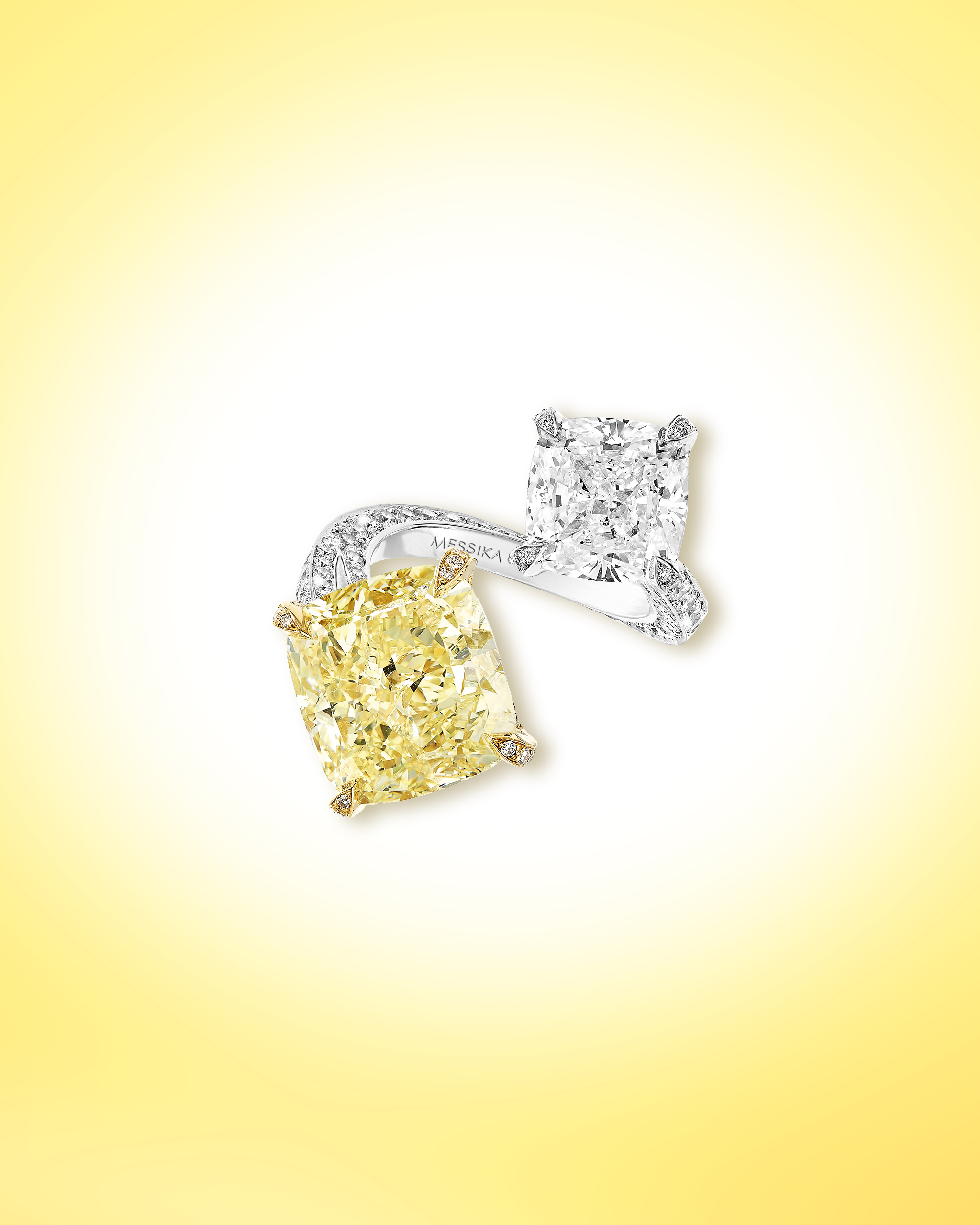
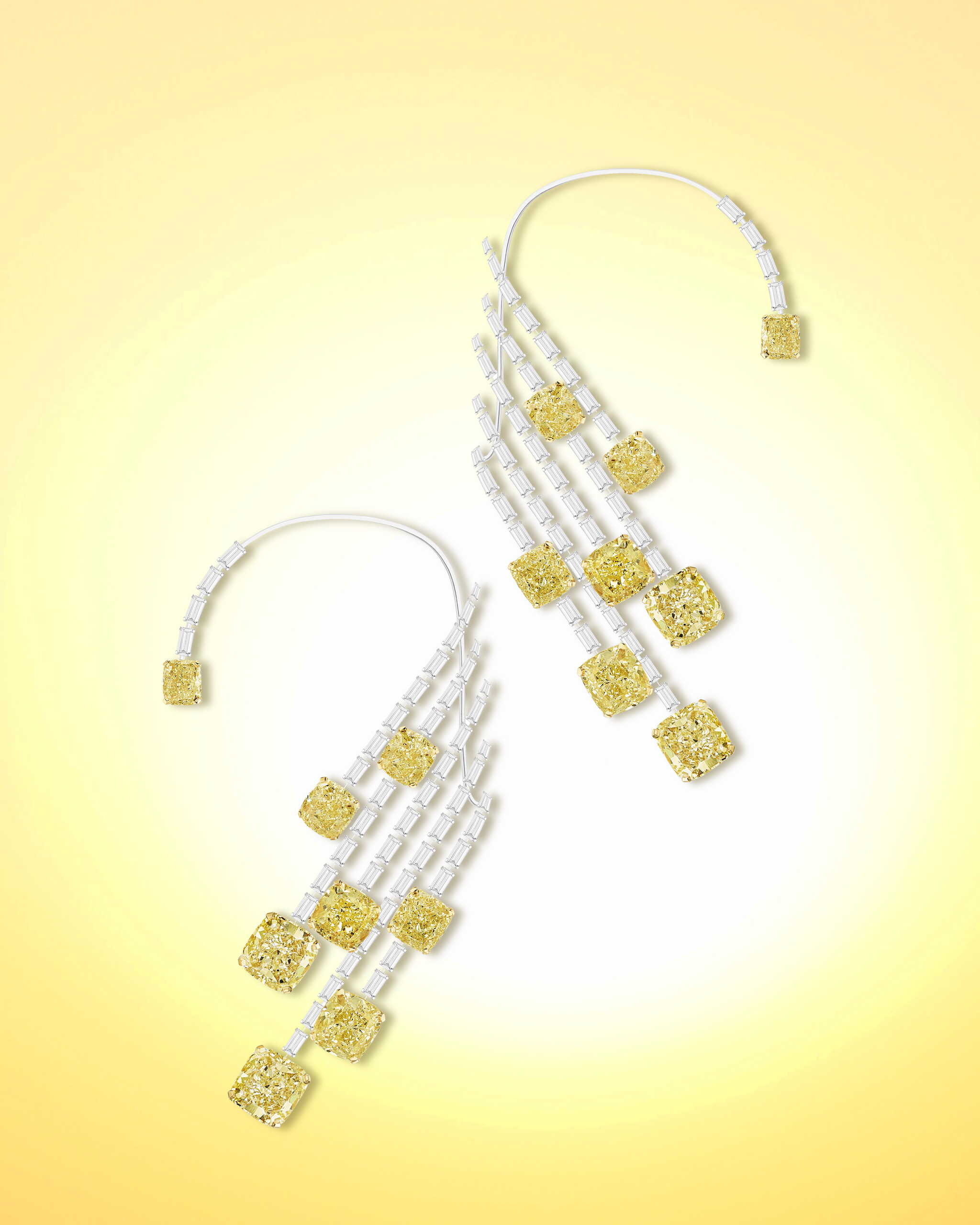
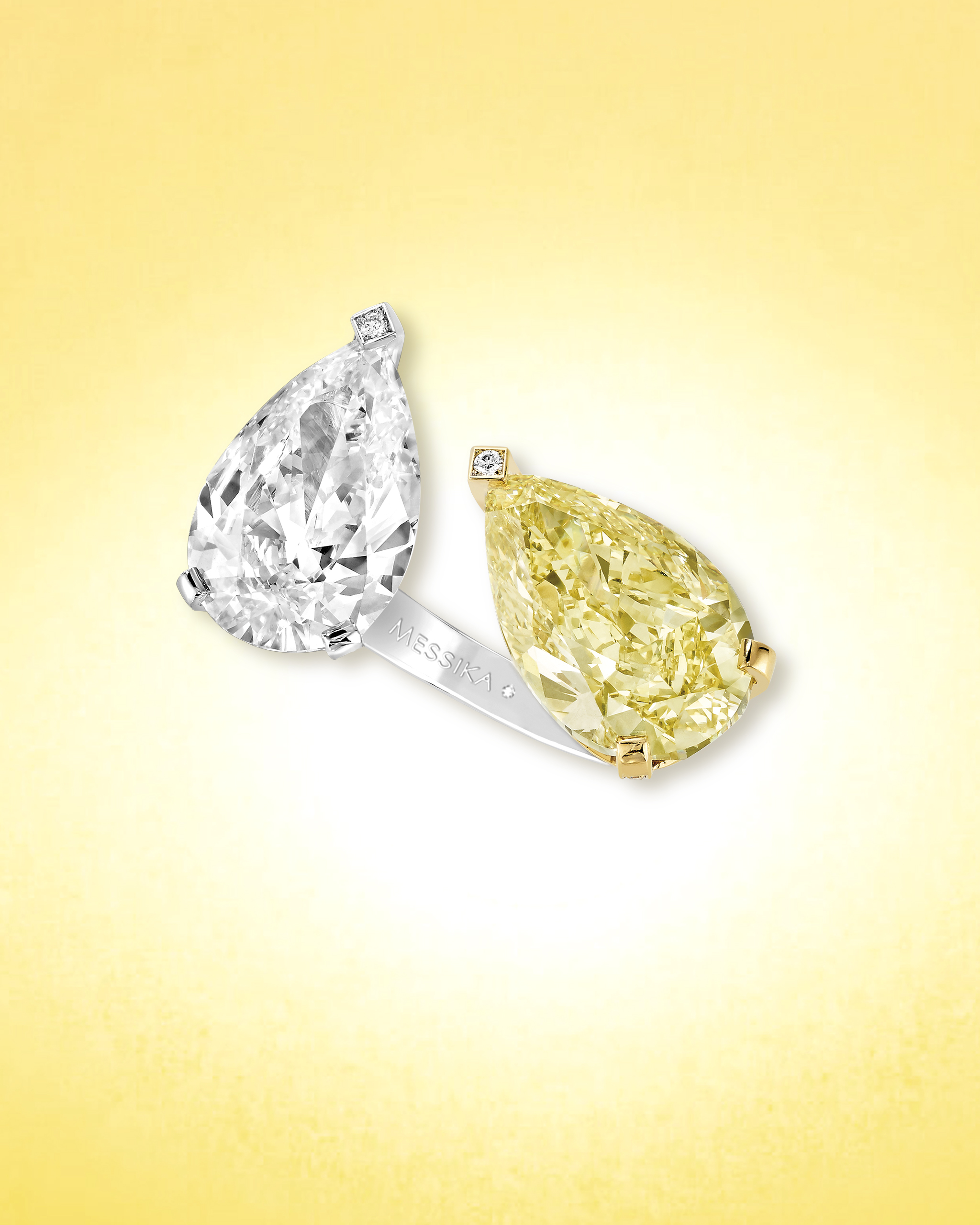
The Colorful Connotations of Yellow Diamonds
Evocative of cheerfulness, optimism and happiness, yellow imparts thoughts of bright summer days. Feelings of peace. Of springtime renewal. After all, yellow is the color of sunshine. In cultures where symbolism is more widely prevalent, yellow also conveys wisdom, intellect, and knowledge.
And those are just the beginning when it comes to the reasons why the ultimate yellow treasure—the yellow diamond, of course—is so coveted.
While most people are drawn to the elegance and sense of mystery that yellow diamonds hold—the eastern world even considers its reminiscence to gold as an auspicious sign—there are actually a myriad of interesting facts about these incredibly brilliant diamonds. Like say, how they get that gorgeous diamond color in the first place.


Variation in Shades Determine Diamond Grades
See, all natural diamonds are among nature’s purest elemental forms, and come from ancient “tubes” of magma most commonly found in Australia, equatorial Africa and South Africa. Natural diamonds are composed of 99.95% pure carbon and 0.05% consists of traces of other elements; for yellow diamonds, that trace is always nitrogen, which makes for an organic yellow diamond color. The more nitrogen that exists in its atomic structure, the more intense its yellow shade.
Major diamond grading laboratories use five different diamond classifications—faint, light, fancy, intense and vivid—for the hue, tone and saturation of natural yellow diamonds. But chances are, you may have even heard some more glamorous terms thrown around as well. “Canary diamond” is typically reserved for the most exceptionally vibrant stones; “Zimmi diamond” refers to an ‘electric’-hued stone that usually occurs in a particular Sierra Leone mine; and “Cape Diamonds,” which originally alluded to any stone from the British Cape Colonies in South Africa, has grown to encompass any natural diamond with a “candlelight” to “chardonnay” tone. If you’re lucky enough to see a piece of jewelry featuring the range of shades of yellow diamonds together, the result is a true visual treat.
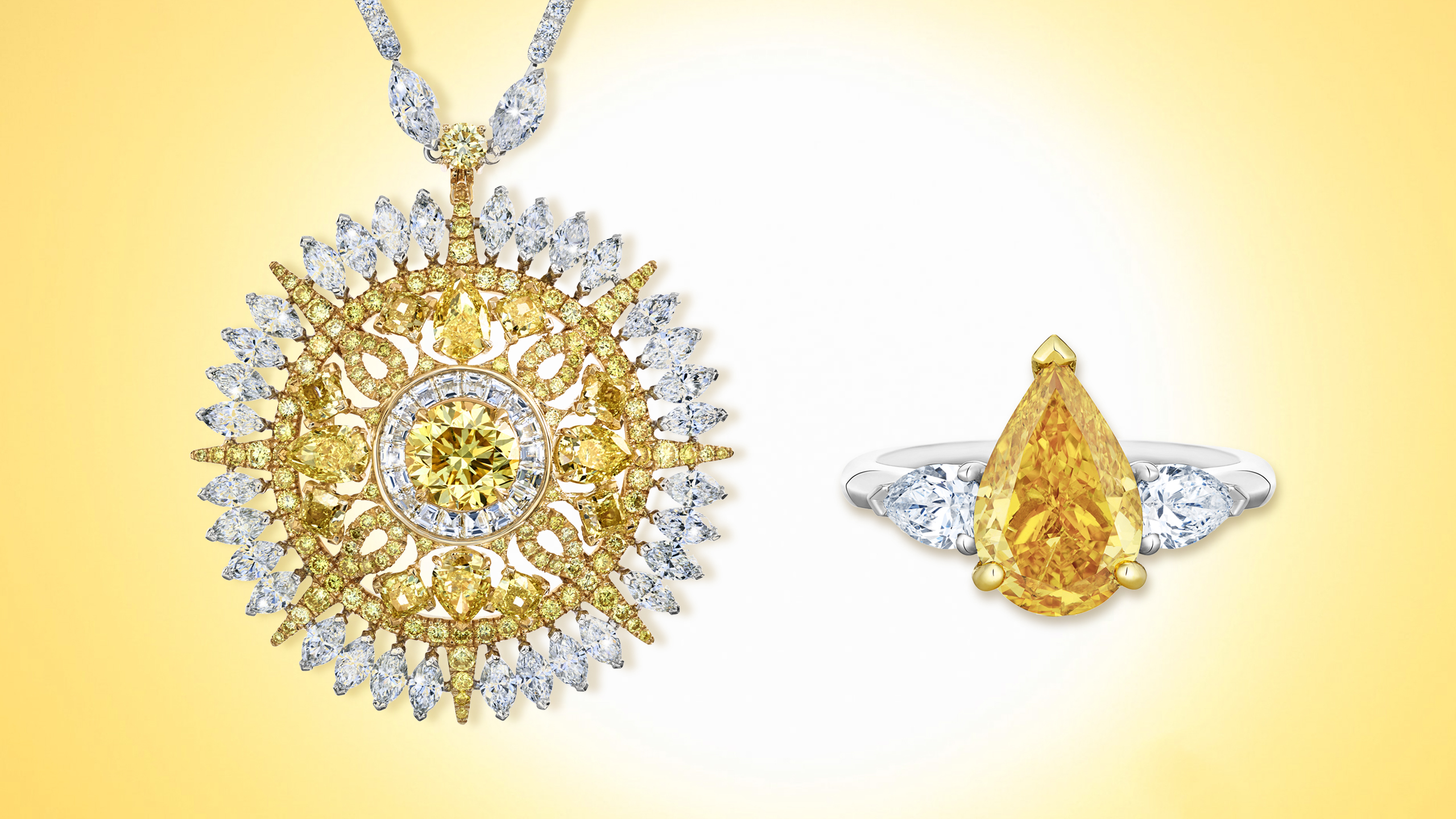
Adding Yellow Diamonds To Your Own Jewelry Collection
Although natural yellow diamonds have historically been owned by royalty, aristocrats, and celebrities, a multitude of designers and local jewelers have made them much more accessible. However before your next shopping trip, it’s important to note that there are different qualities to look for when purchasing a yellow diamond vs. a white one.
While white diamonds are typically cut in a way in which “face-up” position increases their brilliance and light return, naturally colored diamonds are cut to show off (you guessed it!) their color. Certain brilliant cut shapes including radiant, cushion, oval and pear best reflect and amplify such color from within for maximum effect.
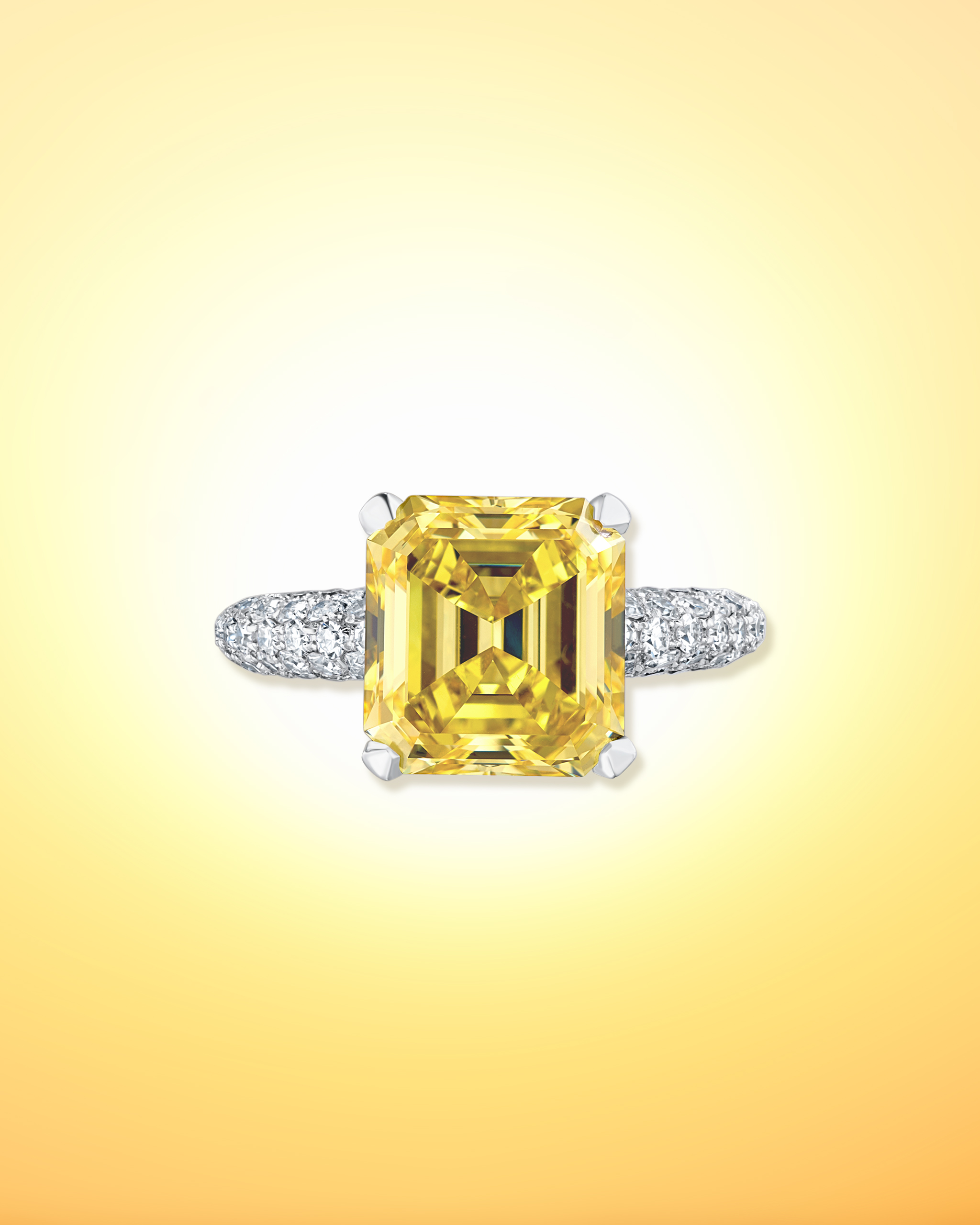
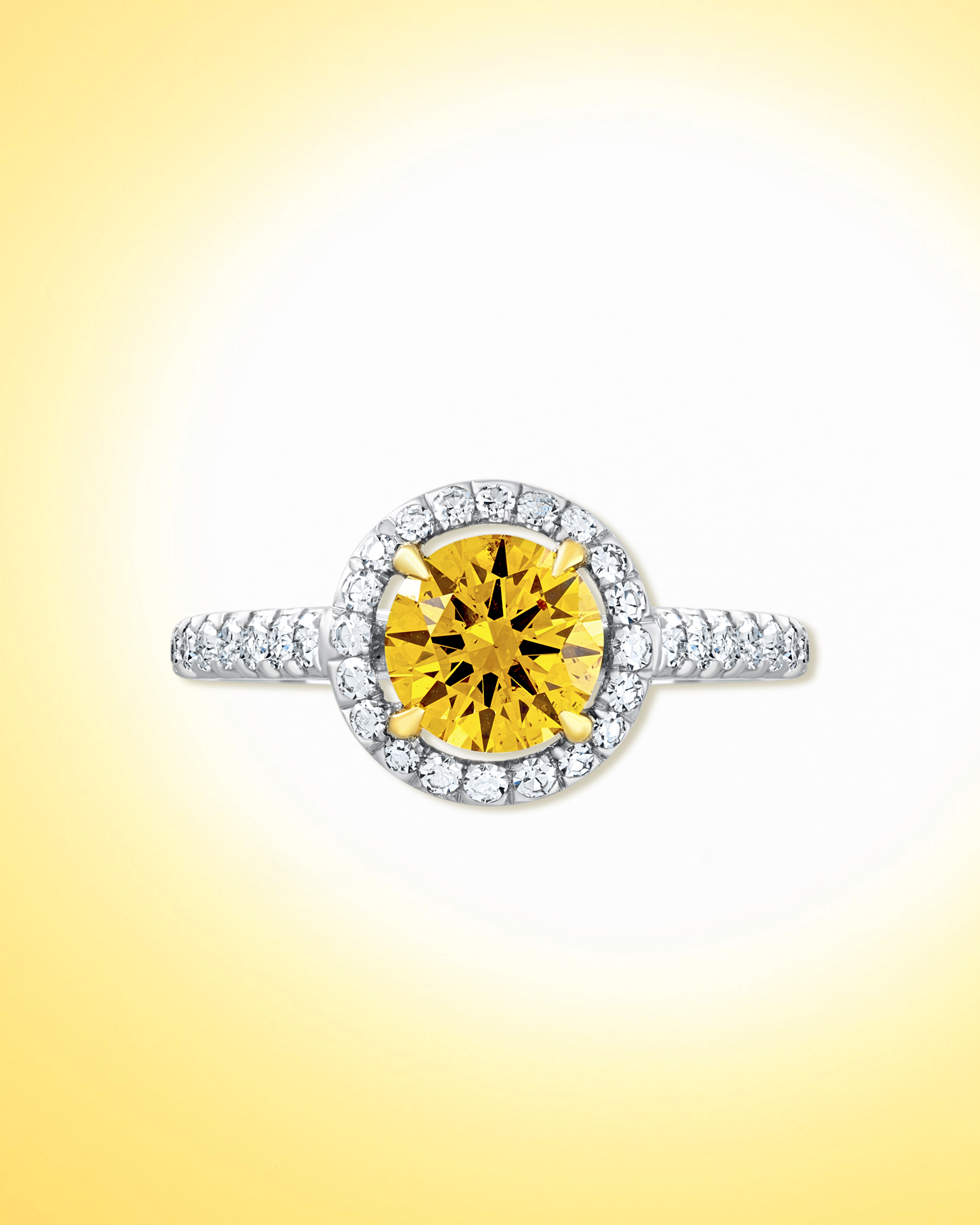

Gold Bezels & White Diamonds Help Yellow Diamonds Shine
In terms of settings, yellow diamonds are often mounted with prongs or bezels that are yellow gold, even if the setting itself is platinum or white gold. This is done to enhance the color and also to show the striking difference between the white and yellow. For the same reason, yellow diamonds are also commonly accented with white diamonds; modern jewelry houses have kept it simple, opting for a white diamond of the same diamond shape and cut set opposite the yellow diamond (the true “star of the show”).
Whichever design you go for—and for whatever reason—you definitely won’t regret going yellow.
